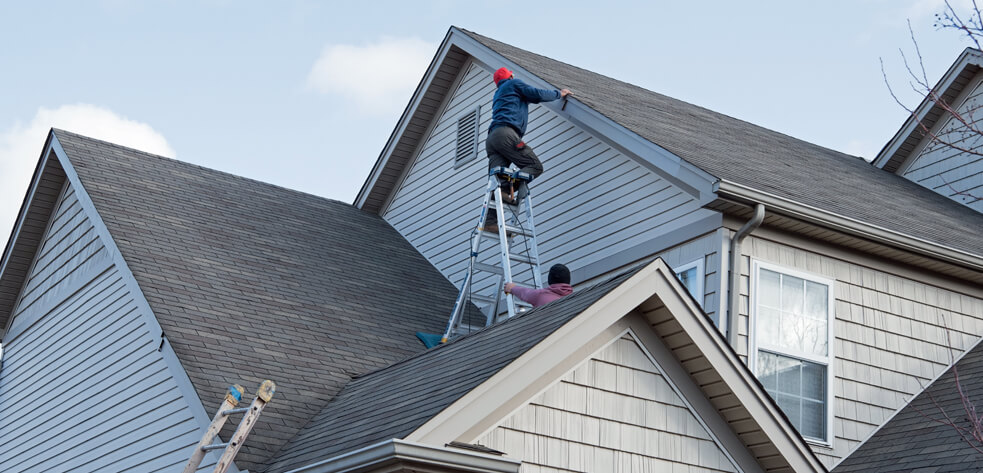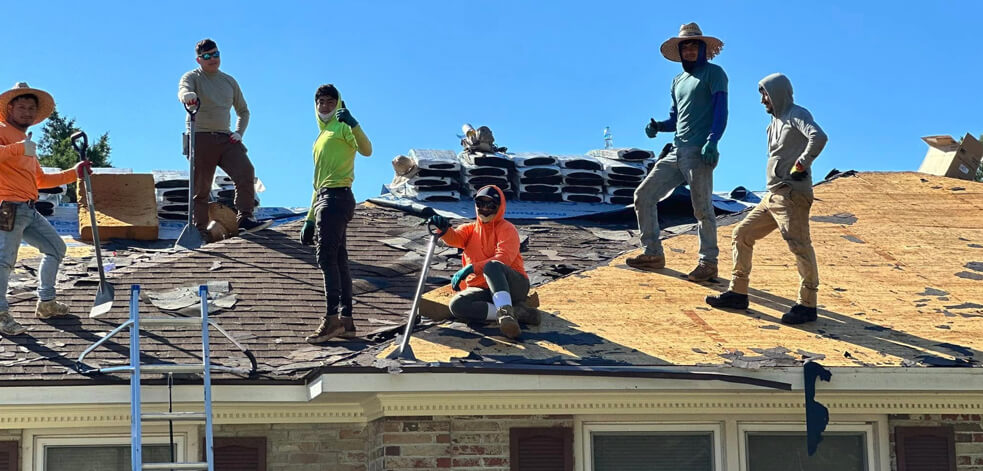There’s something about a Lowcountry home that just feels right. Maybe it’s how it sits on the land, tucked behind Spanish moss, or how a wide porch invites you to slow down and enjoy the breeze. But that unmistakable charm is no accident. It’s the result of centuries of building, adapting, and blending influences, both practical and cultural. If you’ve ever walked through a historic Charleston neighborhood or driven the backroads near Beaufort, you’ve probably noticed how the homes feel timeless.
In this blog, explore the history that shaped the look and feel of Lowcountry architecture throughout Charleston, South Carolina.
Where It All Started
The story begins with the early settlers, mostly English in origin, who brought their traditional building styles to the coastal South. At first, you saw a lot of Georgian architecture with features like brick or wood, which were symmetrical and built to impress. But the climate down had its own ideas. From hot summers and heavy rains to flooding, it didn’t take long for people to start altering those imported designs.
High foundations were added to keep homes dry. Porches got bigger to create shade and catch the breeze. And homes started turning sideways, not to be fancy, but to let air flow straight through.
The Charleston Single House: Pure Lowcountry Ingenuity
If you’ve ever been to downtown Charleston, you’ve definitely seen the classic Charleston Single House. It’s tall and narrow, usually just one room wide, with those long side porches running along the length of the house. Initially, they’re a bit unusual, but every part of the design was intentional.
These homes were built to deal with narrow city lots, but more importantly, they were built to breathe. With big windows, high ceilings, and piazzas facing the oncoming breeze, they were cool long before air conditioning became the standard.
Country Homes and Raised Cottages
Visit the cobblestone streets of the Holy City, and you’ll find a different kind of Lowcountry style, including raised cottages, farmhouse-inspired layouts, and homes with deep overhangs and wraparound porches. These homes are often built on piers or pilings to stay above the floodplain and catch more air. You’ll also notice a lot of tabby concrete used in old structures, which is a mix of lime, sand, water, and oyster shells, and it’s about as Lowcountry as it gets.
These homes weren’t just made to be pretty; they were made to last in a climate that’s tough on buildings.
Modern Takes on Old Traditions
Today, builders and architects still draw inspiration from those original designs, but with updates that make sense for modern living. Open floor plans, energy-efficient windows, metal roofs, and durable materials like fiber cement siding blend into what we now consider Lowcountry modern. But the spirit stays the same. Big porches, breezy layouts, tall ceilings, and a connection to the outdoors—it’s about living in harmony with the landscape.
It’s More Than Just a Style
What makes Charleston architecture so enduring isn’t just the look but the purpose behind it. Every wide porch and raised foundation tells a story about the people who built here before us and the challenges they faced. These homes were designed with care and common sense. They weren’t trying to stand out—they were trying to belong, and that’s part of what makes them so unique today.
Are You Thinking About Building or Renovating in the Lowcountry?
Whether restoring an old cottage or building something new, it pays to understand the history and logic behind these architectural styles. At Sea Island Residential, our Charleston home improvement and construction team has worked on homes that celebrate these traditions while meeting the needs of modern life. If you’re ready to bring your vision to life, we’d love to be a part of it.
Get in touch today to get started or learn more about the architecture in Charleston, SC. Lowcountry living starts with the proper foundation, literally and historically.







